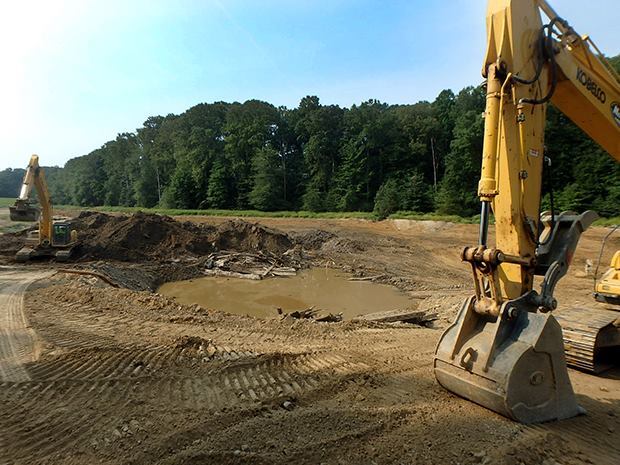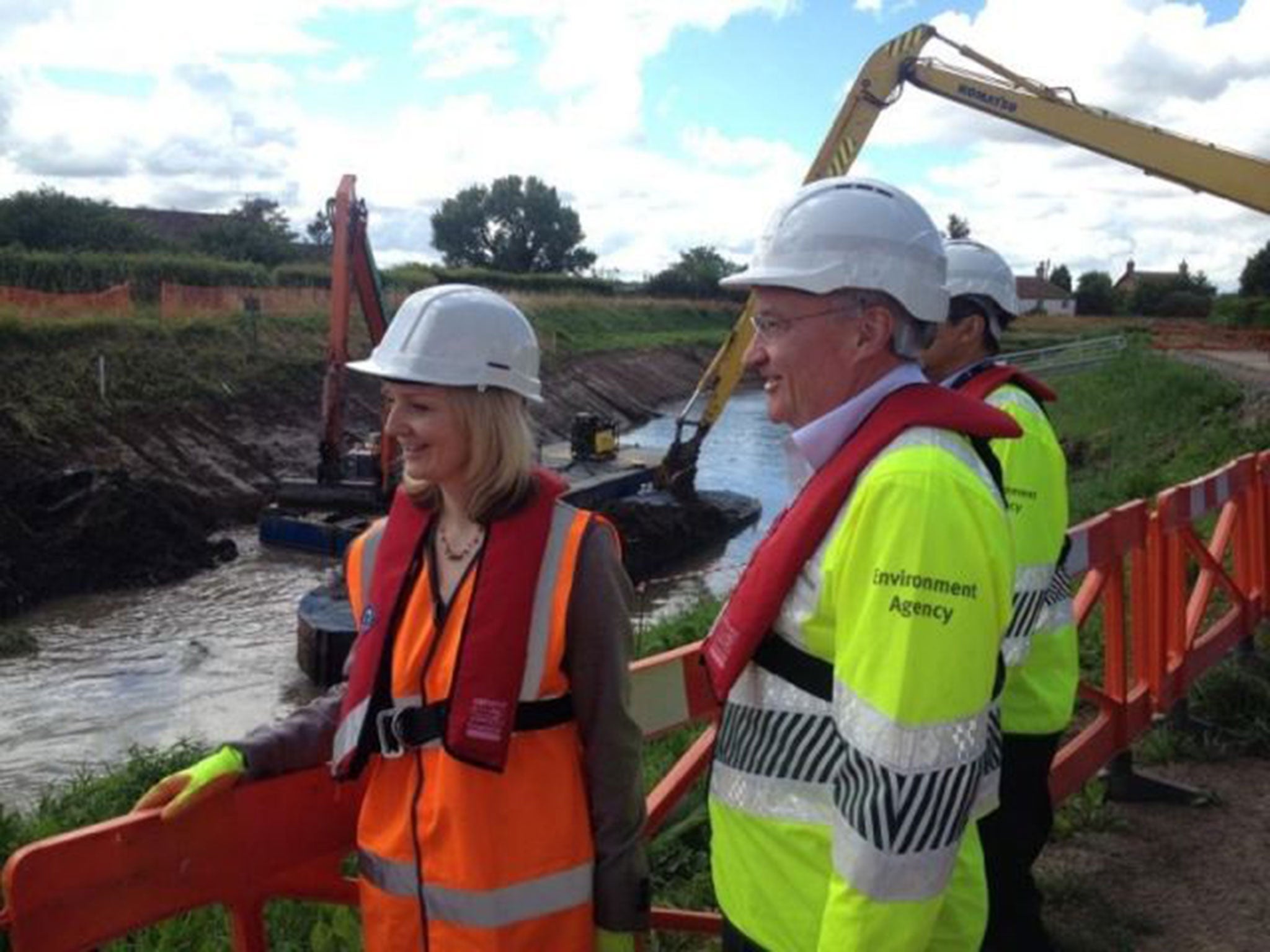


(We are basically only finding them when they are tiny!) Why could this be happening? Questions are the backbone of science and marine biology dredging can be one of the ways we to find and answer them. Interestingly we found that Sunflower Stars are not being caught at their glorious adult sizes. Can you tell why they call it the Red Sea Urchin? Ouch! Don’t step on this little pokey guy. Look at that diversity we can experience, you often won’t see these guys unless you yourself are also in the water! Better yet, everything we catch is placed back over the side of the boat so they get another chance at life! Finally we don’t revisit the same site multiple times, so the ocean has time to recover and the area can get a ‘breather’!īut the data we get can often be super important, for example we can find sea cucumbers, decorator crabs, sea urchins, and the occasional octopus. Therefore we can avoid hitting rocks or blasting through sponges.

There we can sample burrowing organisms or even just things that sit on the substrate itself.Īt Bamfield, we used a small dredge in an area with ‘soft’ gravel/shell hash. Without having to use other equipment, we can uses small-scale dredges to pull up sediment from the sea floor. Not only is it important for clearing water ways of sediment for ships but it can be used for science. But dredging does have a place in our current society. Okay, so now I’ve told you how horrible dredging can be.


 0 kommentar(er)
0 kommentar(er)
